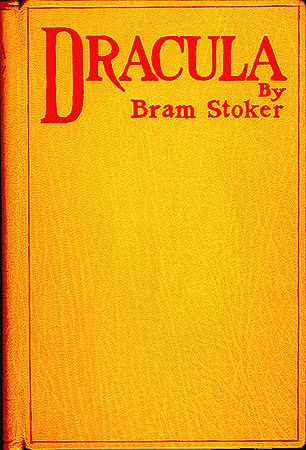THE CONVICT SHIP "SUCCESS".
The Success was built in Mawlamyine, Burma in 1840 (not 1790 as the advertising made out!), she was a merchant vessel weighing in at 621 tons. After trading around the Indian subcontinent for a couple of years she was sold off to new owners in London, she was refitted to take human cargo and was first employed taking free emigrants to Australia, three voyages were made by the Success, the last one was in 1849, many of the emigrants on this last trip were survivors of the Great Famine. After being employed out of Sydney for a while the Success was sent to Melbourne, on 31st May 1852 the crew mutinied and disappeared into the Victoria gold fields as this was the height of the gold rush.
The Success was then sold to the Victoria government, it's new role was a prison hulk along with three other ships, these hulks were mainly filled with some of the most desperate men in the convict system, many were from the now closed penal colony of Norfolk Island and known for their mutinous and violent ways, but it was hardly surprising that they reacted in a brutal way when they were treated in a very inhumane manner, far worse than other colonies such as Macquarie Harbour, Botany Bay and Port Arthur.
The Success was then sold to the Victoria government, it's new role was a prison hulk along with three other ships, these hulks were mainly filled with some of the most desperate men in the convict system, many were from the now closed penal colony of Norfolk Island and known for their mutinous and violent ways, but it was hardly surprising that they reacted in a brutal way when they were treated in a very inhumane manner, far worse than other colonies such as Macquarie Harbour, Botany Bay and Port Arthur.
One of the worst Commandants' was John Price, he was a very brutal disciplinarian who would not spare a man from a flogging or a hanging, his first duty as Commandant was to oversee the execution of 12 inmates found guilty of leading a revolt three months previously, he was nicknamed "The Demon".
Naturally the convicts hated him and soon they would get their revenge, unrest in the hulks had been simmering for a while so a Royal Navy warship was placed amongst the hulks armed with "double-shotted" guns so any revolt would be stopped by sending the ship and it's manacled men to the bottom of the sea.
The convicts on board the hulks had to work, this mainly consisted of being rowed to the shore to work in the quarry at Williamstown, on 26th March 1857 as part of his duties as Inspector General of Penal Establishments in Victoria John Price also found himself in the quarry at Williamstown, with a small body of guards he swaggered into the middle of hundreds of convicts, many of them remembered this tyrant and still bore the scars where their flesh had been stripped off their backs by the floggings that Price ordered for the slightest misdemeanor.
As the convicts started to gather around menacingly the guards started to back away, Price stood his ground, rocks started to fly and the guards ran away, Price too started to run but a rock hit him in the back and down he went.
The convicts gathered around him and in a flurry of striking fists, hammers and bars Price was battered to death, a nasty end for a cruel man, 15 men were tried for murder and 7 were hanged, the others went back to the hulks, I suppose they thought the Success was aptly named that day.
Soon the Success's days as a hulk came to an end and she was converted in to a stores ship and anchored in Port Phillip Bay at the mouth of the Yarra River and there she stayed for 36 years.
She would have probably rotted away there and have been lost but for a group of entrepreneurs who bought her and fitted her out as a convict ship museum complete with wax dummies of convicts, a whole host of torture devices and also the body armour of Ned Kelly who had been hanged in Melbourne Gaol in 1880.
In 1890 the Success was exhibited in Hobart and she was a huge success with thousands coming to see the horrors therein and to hear terrible tales told by ex-convict and bushranger Harry Power, with this promising start under their belts they next took the Success to Sydney, however, the "stain" of the convict era was more acutely felt here and the ship soon was making a loss so one night in 1891 the Success was scuttled in Kerosene Bay and she was left a sunken relic.
However this was not to be the end of the story, one year later the Success was sold, refloated, refitted and again used as a convict museum, this time with torture devices that were never used in the Georgian or Victorian convict systems such as the Iron Maiden!
This time the Success toured the world, after a tour of Australia she was off to England and eventually to America.
 |
| The Success can be just seen (top right) on the river Tyne, Newcastle, July 1899. |
She was even featured in a film starring Fatty Arbuckle in 1915 before returning to a commercial vessel in 1917, during one of her voyages she struck ice and was holed, refloated again in 1918 the Success was once more a convict museum ship but by the 1940's the Success's great age was taking it's toll, she became unprofitable and was sent to Lake Eerie to be dismantled, on 4th July 1946 the Success was destroyed by a fire allegedly started by vandals, so ended the career of an extraordinary ship.











